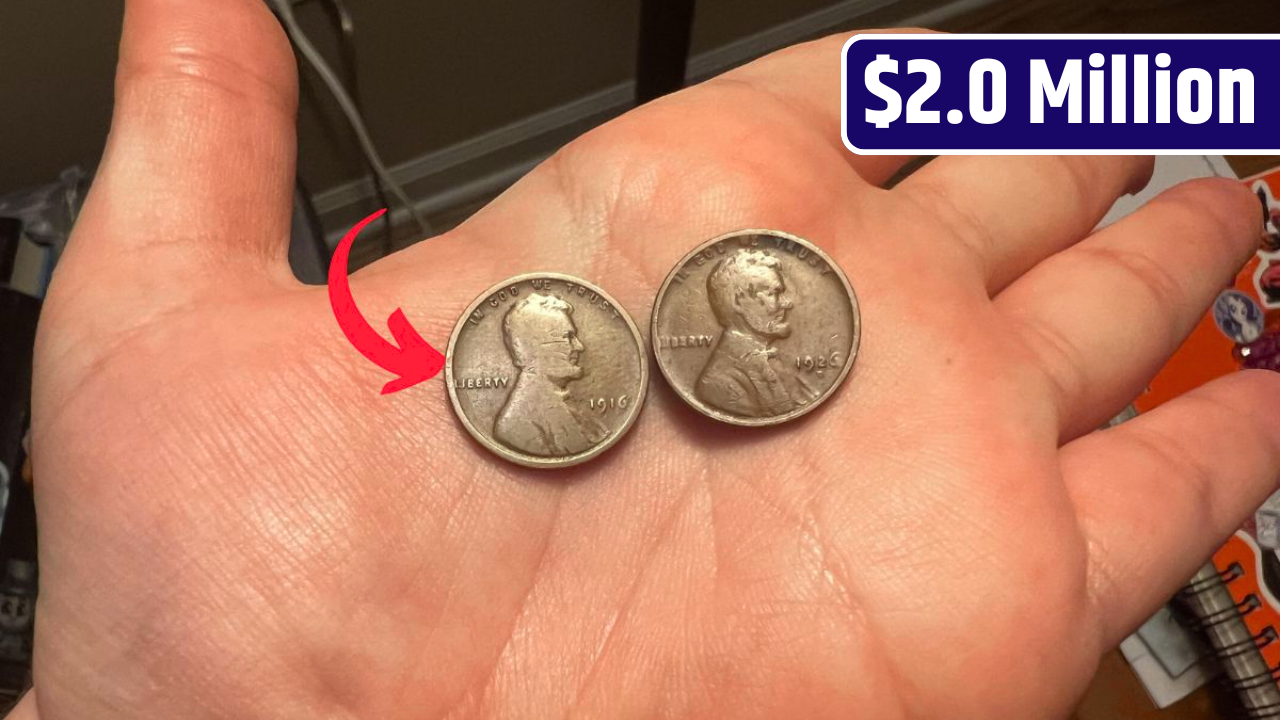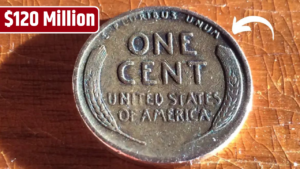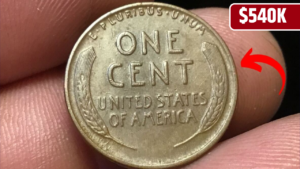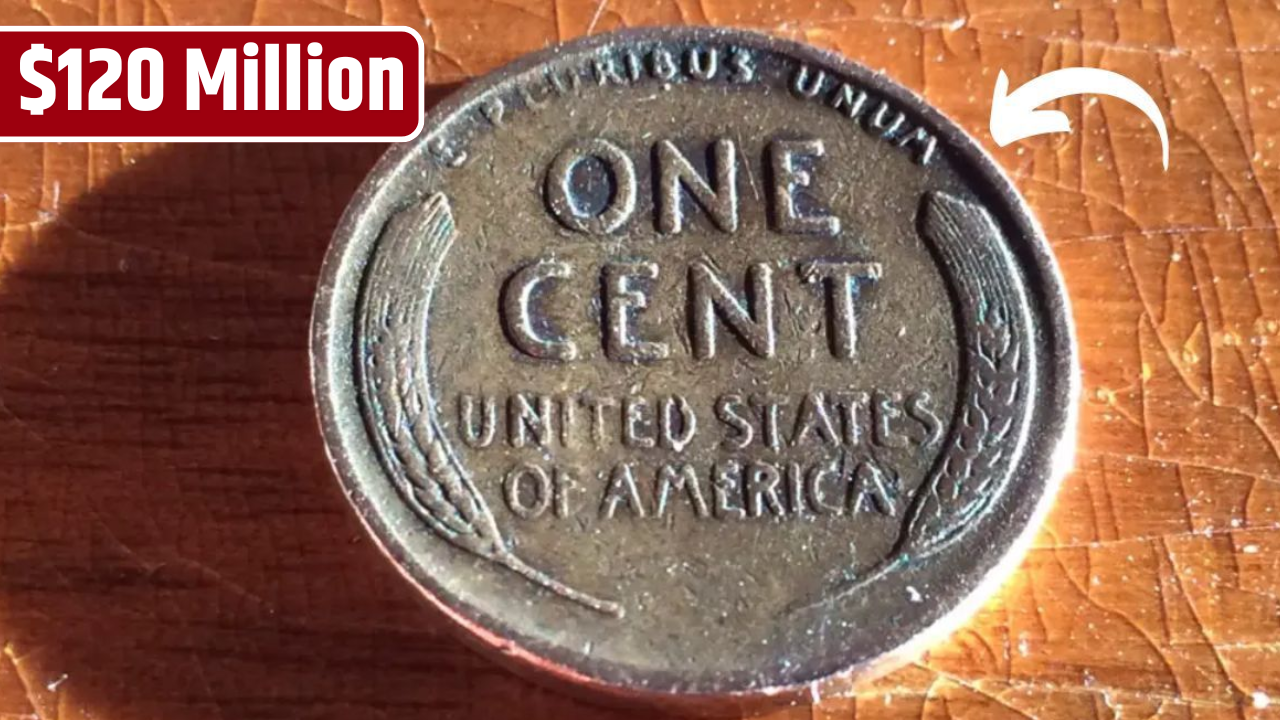Finding a rare penny in your spare change sounds like a dream—but it happens more often than you’d think. One of the most legendary U.S. coins, the 1943 copper Lincoln Wheat Penny, has fetched up to $2 million at auction. Even now, it’s believed that a few of these valuable coins could still be hiding in plain sight, mixed in jars, tucked in collections, or passed off in everyday transactions.
If you’re holding onto older Lincoln Wheat Pennies or suspect you’ve stumbled on a treasure, this guide will help you understand what to look for, what makes certain pennies valuable, and what your next steps should be.
Why the 1943 Copper Penny Is So Valuable
In 1943, the U.S. Mint switched from copper to steel for pennies to conserve copper for World War II. Most of the 1943 pennies you’ll find are silver-colored steel cents, easily picked up by a magnet. However, a small number—believed to be between 20 and 30—were accidentally struck using leftover copper planchets from 1942.
These copper pennies from 1943 are extremely rare and valuable. Depending on the condition and mint mark, they can sell for anywhere from $200,000 to over $2 million.
How to Identify a 1943 Copper Penny
If you think you’ve found one of these ultra-rare coins, here’s how to check its authenticity:
| Test | What to Look For |
|---|---|
| Color | A reddish-brown hue (copper, not silvery) |
| Magnet Test | Should NOT stick to a magnet (steel does) |
| Weight Test | Should weigh approx. 3.11 grams |
| Mint Mark | Look for a “D” (Denver), “S” (San Francisco), or no mark (Philadelphia) |
| Professional Grading | Have it authenticated by PCGS or NGC |
Even if your penny passes all these tests, professional authentication is essential to confirm its legitimacy and value.
Other Valuable Lincoln Wheat Pennies to Watch For
While the 1943 copper penny is the crown jewel, several other Lincoln Wheat Pennies are worth serious money due to minting errors or limited production:
| Year | Description | Value (Approx.) |
|---|---|---|
| 1909-S VDB | First year of issue, rare initials | $750 – $2,000+ |
| 1914-D | Low mintage Denver issue | $200 – $5,500+ |
| 1922 “No D” | Die error from Denver mint | $500 – $10,000+ |
| 1955 Doubled Die | Strong doubling on date & lettering | $1,000 – $15,000+ |
| 1972 Doubled Die | Similar to 1955, but less dramatic | $100 – $1,000+ |
I Think I Have a Valuable Penny. What’s Next?
If you’ve got a coin you believe is valuable—like a 1920 Wheat Penny, a 1956, or even a 1982-D small date copper penny weighing 3.11 grams—here are your next steps:
- Do the basic tests: Magnet, weight, and visual inspection.
- Use a magnifying glass to check for doubling, die cracks, off-center strikes, or other errors.
- Look up the coin’s value in a trusted coin guide like the Red Book or PCGS Price Guide.
- Get a professional appraisal through PCGS, NGC, or a trusted local coin dealer.
- If authenticated, you can sell through:
- Heritage Auctions
- Stack’s Bowers
- eBay (for lower-value coins)
- Coin shows and conventions
What About Your Other Coins?
Many of you mentioned having Wheat Pennies from the 1920s to 1950s, steel pennies, or even odd-looking coins from 1962 and 1972. Here’s what to keep in mind:
- Steel Pennies (1943): Common, but uncirculated or error versions can still be worth $1–$50.
- 1972 Error Pennies: Look for doubled die obverse (DDO) errors—worth hundreds.
- Off-center strikes or die cracks: These can range from $20 to several hundred depending on severity.
- Coins without mint marks: Philadelphia minted coins often lacked marks. Rarity depends on the year.
If you inherited a collection or found a stash of old coins, it’s well worth taking the time to sort through them. You never know when a valuable error coin might turn up.
While the odds of finding a $2 million penny are slim, they’re not zero—and that alone is reason enough to check your change. Rare coins continue to be found in unexpected places, and anyone with a sharp eye and a little knowledge could uncover something truly remarkable. So dig into those old jars, coin rolls, or inherited collections—your lucky find might be closer than you think.
FAQs
What makes the 1943 copper penny so rare?
It was struck by mistake using copper planchets instead of steel during WWII. Only 20–30 are known to exist.
How do I know if my 1943 penny is copper?
It should have a reddish tone, weigh 3.11 grams, and not stick to a magnet.
Where can I get a penny appraised?
Try PCGS, NGC, or a reputable local coin dealer.
What other years should I look for in Lincoln Pennies?
Key dates include 1909-S VDB, 1914-D, 1922 No D, 1955 DDO, and 1972 DDO.
Can I sell rare coins online?
Yes, through trusted platforms like Heritage Auctions, Stack’s Bowers, or eBay (for lower-value coins).









